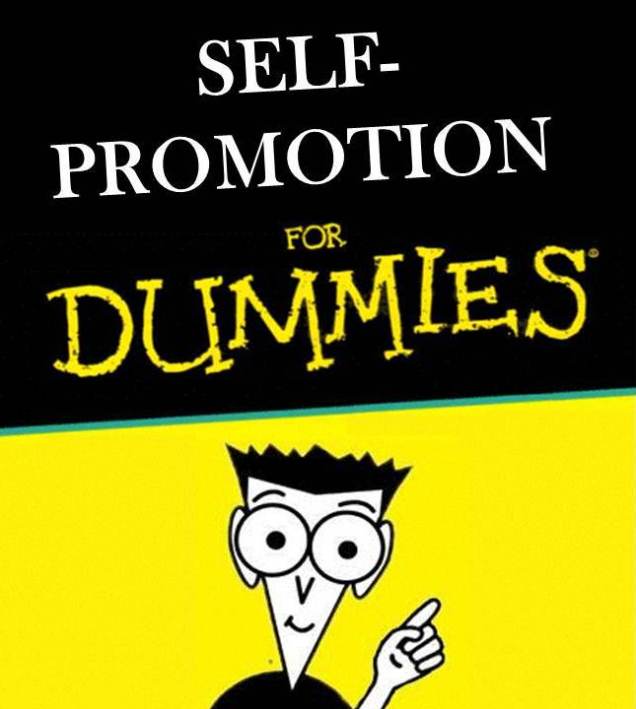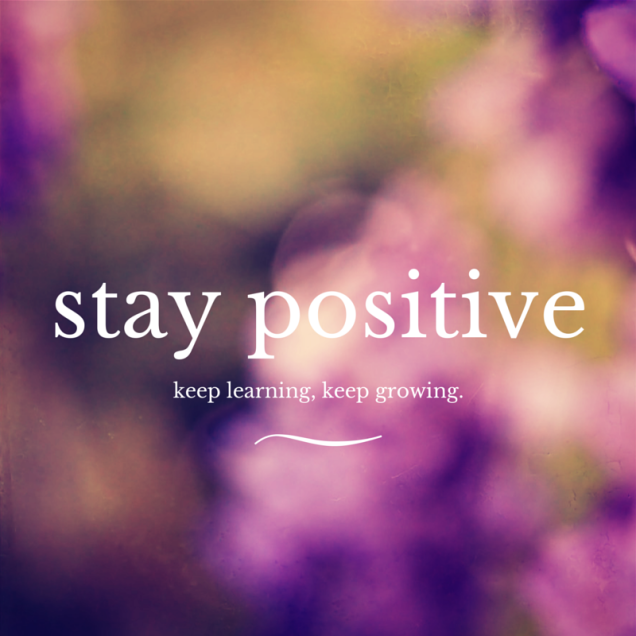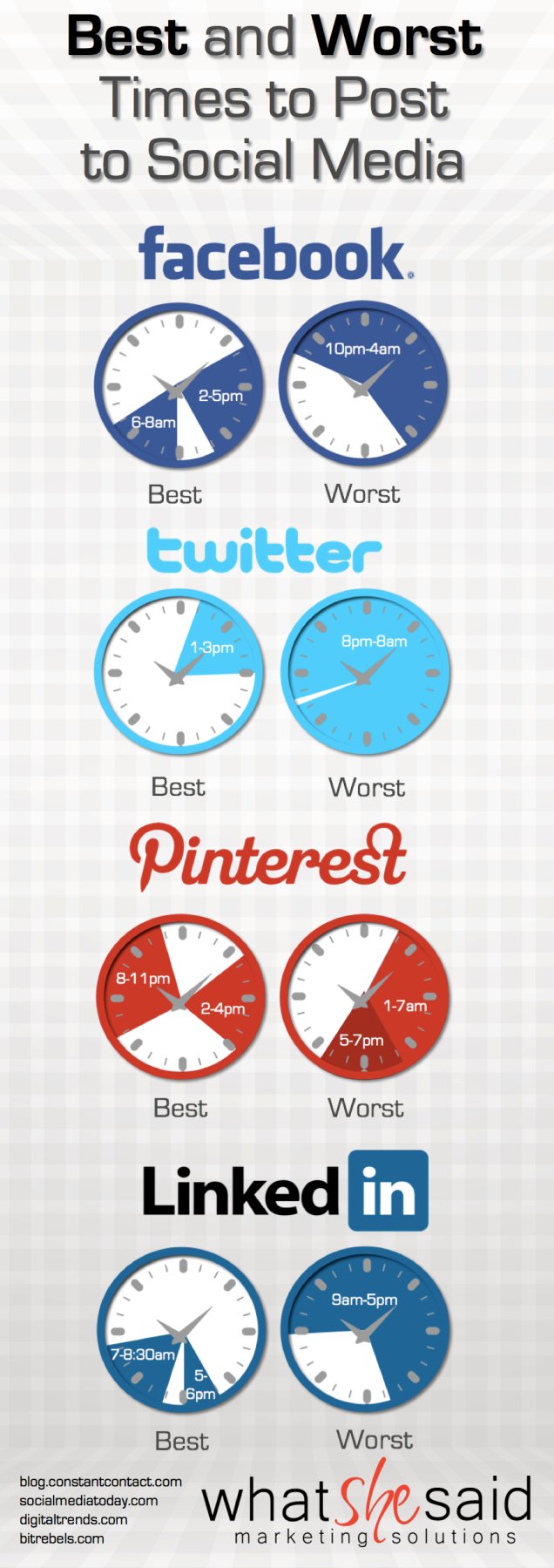Are your Facebook marketing strategies falling a little flat? Have you noticed that your pictures and quotes don’t seem to be reaching quite as many people as they used to? If so, you might want to re-evaluate your Facebook marketing strategy… and we’re here to give you a few helpful tips that yuo can start implementing right away.
Facebook is notorious for changing its algorithms, and people often don’t understand exactly why or how it’s changed–all they know is they’re seeing less engagement and fewer numbers for people reached. It’s frustrating and it’s time-consuming to try to alter your strategies, especially when you always seem to be a step behind because you’re not a professional marketer–you’re a small business owner, and you’re busy.
But if there’s one thing marketers can tell you, it’s that times change fast. Especially when it comes to social media. So how can you boost your engagement and reach more fans on Facebook right now? We have a few suggestions for you.
Video
Up until fairly recently, the tried-and-true way to reach the most people on Facebook was to post a picture and a link. You may have noticed, however, that this seems to have changed. In fact, photos are now one of the least effective ways to make sure fans see your content.
So what do you do instead? Well, video reaches more people than any other kind of post–but not just any video. The format has to be native, meaning you must actually upload the video to Facebook. Why is this? More than likely, Facebook is trying to keep you sharing videos using Facebook–not some other site. So even if you have a YouTube channel, it’s worth it to upload the videos separately to Facebook to get the most eyes on your content.
Quotes with photos
Although photos don’t have the reach they used to, people love sharing inspiring and motivating quotes. By placing the quote on an eye-catching image, you make it far more likely that someone will press “share”. So while the initial post might not reach as many people as, say, a video, if you get more engagement, you’ll get more shares and a bigger reach in the end.
Another thing about photos is that they have the potential to live on for quite some time. Because of the way the Facebook algorithm works, someone might not see your post right away, but it could pop up in their feed the next day. When they share it then, you’ll notice a spike in shares as their friends share it, and so on.
Don’t forget your CTA button
If you haven’t noticed the call-to-action button on Facebook yet, then you definitely need to take the time to check it out. It’s a new feature, but it’s a powerful one: By going into your settings, you can choose a call to action from a pre-set list (for example, “Shop Now”, “Learn More”, “Sign Up”, etc.) and direct people to the URL of your choice. Do you want to send them to a sales page? A landing page where they can sign up for a newsletter or free ebook? You can do any of that using this button.
The best part is that it appears right on your header image–it’s not hidden in some dark corner of your profile. After you have it set up, you can track clicks and change the CTA whenever you like. That way, if you find that it’s not working quite the way you had expected it to, all you have to do is change things around with a few clicks and you’re done.
Oh, and did we mention this is free? Because it is. There’s no reason NOT to use it.
Get used to reading negative feedback
It hurts us all. No one wants to go through their hard work and read bad things about themselves. Whether it’s your high school paper that your English teacher tore apart or your brand new website that cost you a pretty penny to develop, you’re going to get negative feedback on your projects, and there’s nothing you can do to prevent it.
Now, that isn’t to say that every random complaint needs to be listened to or taken into consideration when you are planning your improvements. Some people just enjoy complaining about things no matter what. But if you notice some common themes–for example, people consistently unliking your Facebook page when you post irrelevant photos, or negative feedback on overly “salesy” posts–then you probably want to take those complaints into legitimate consideration as you plan your social media strategy.
When you listen to your fans like this, you not only give your audience what they really want, but you also grow as a businessperson. Constructive criticism might be hard to take, but if you can thicken your skin, you’re going to go a long way.
Don’t be afraid to change things up
If your marketing efforts are still falling flat, then don’t be afraid to change things up a bit! You can always do split A/B testing to see which campaigns perform better and adjust accordingly. Look at successful people in your industry and see how they garner engagement. There’s no rulebook here and there is no one magic trick that will work for everybody. But you’ll never know what works for you unless you try. So get creative, think outside the box, and change things up a bit until you come up with something that really makes your fans excited to interact with your business.
Are there any other tricks or tips that you use to get your fans more engaged on Facebook? If so, let us know in the comments!
Internet Local Listings is an internet advertising company in Santa Ana, CA, serving clients across the country with the best website marketing services available in the industry. Visit us here for more information, or give us a call at (888) 770-3950 to discover how we can help you be seen online.


















